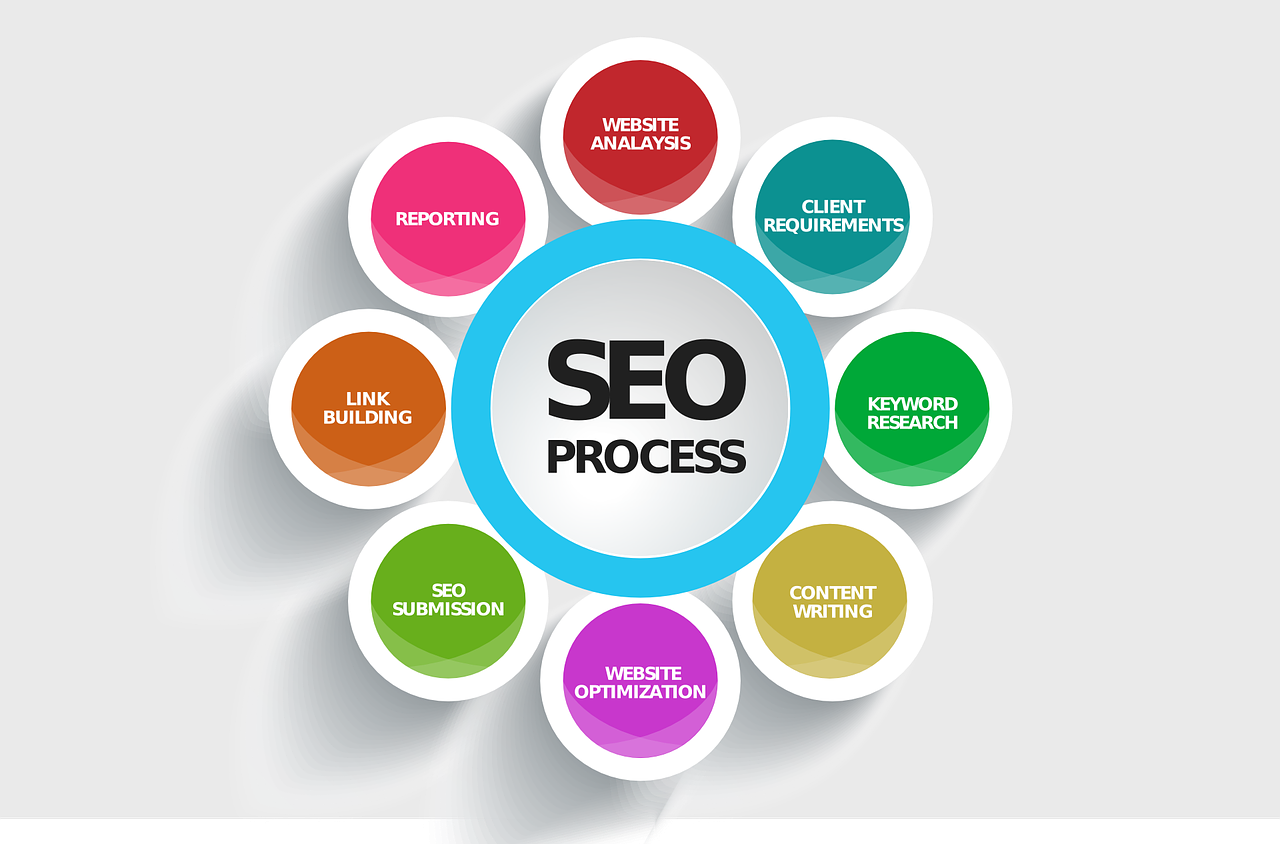What is SEO in Digital Marketing

What is SEO in Digital Marketing Means. Its is Search Engine Optimization. In the world of digital marketing where the internet is the king, getting noticed among the enormous data is like searching for the needle in a haystack. It is here that SEO steps in. SEO, or Search Engine Optimization, is the practice of making your online content visible to searchers who are looking for information relevant to what you provide.
What do you want then? Do you want people to come? SEO is comparable to posting signals all over the town, informing individuals about your party. However, instead of signs you are using smart strategies to ensure that your website appears when someone searches for something that is relevant to your content.
Keyword is the pillar of SEO. These are keywords that people type into search engines such as Google when they are searching for something. For instance, ‘best pizza in town’ is a query, and ‘best pizza’ is the keyword. Being aware of the keywords that relate to your content, you can optimize your website by including these terms in the appropriate sections, such as titles, headings and throughout your content.

The king of SEO is content. However, this is not any content that you can just find on the internet; it has to be top-quality, relevant, and meaningful to your readers. Search engines such as Google prioritize information that answers the questions of the user, addresses their problems or helps them have fun. Producing content that is attention-grabbing and relevant to the keywords you are targeting, increases your probability to rank higher on the SERPs.

On-page optimization
On-page optimization is the changes and adjustments you make directly to your website to boost its visibility to search engines. This includes improving meta titles and descriptions, using SEO-friendly URLs, including keywords in the body of your content, and maximizing the loading speed and mobile-friendliness of your website. Search engines begin to consider your site as a relevant, user-friendly; this makes your rankings grow.
Off-page optimization
The off-page factors may include external signs that impact your website’s ranking in search engine results. The most critical off-page factor is backlinks, links from other websites directing to yours. When esteemed websites refer to the content you have, it tells search engines that your website is credible and authentic. Strategies such as guest blogging, influencer outreach, and content to be shared can have a great impact on your SEO efforts by creating a solid backlink profile.
User experience

User experience is a key factor in SEO. Search engines want to deliver the greatest results for their users; therefore, they focus on websites that offer a smooth and pleasant experience. Some of the elements involved in this are things such as user friendly navigation, quick page loads, mobile friendliness and entertaining multimedia elements. When you focus on User experience, you not only increase your chances of ranking higher in search engines but also boosts your user’s satisfaction.
Monitor and optimize: To stay ahead of the game

SEO isn’t a set and forgotten effort. Staying ahead of competition and algorithm change requires constant monitoring and optimization. Tools like Google Analytics and Google Search Console provide valuable insights into how your website is performing and areas for improvement. By analyzing data, tracking trends, and adjusting your strategy accordingly, you can maintain and improve your search engine ranking over time.
Local SEO: Get local

Local SEO is important for businesses that rely on local customers. This involves optimizing your online presence to attract customers in your geographic area. This includes creating a Google My Business profile, optimizing your site for local keywords, and encouraging reviews and reviews from interested customers. By appearing in local searches and maps, you can increase foot traffic to your physical location and attract more local customers.
In Conclusion, SEO is a multi-pronged approach that involves understanding your audience, creating valuable content, optimizing your website, building authority, prioritizing experience, adapting to conversion occurring in the digital landscape With the use of effective SEO strategies you can make your website more visible, attract more organic traffic, you and achieve digital marketing goals.

